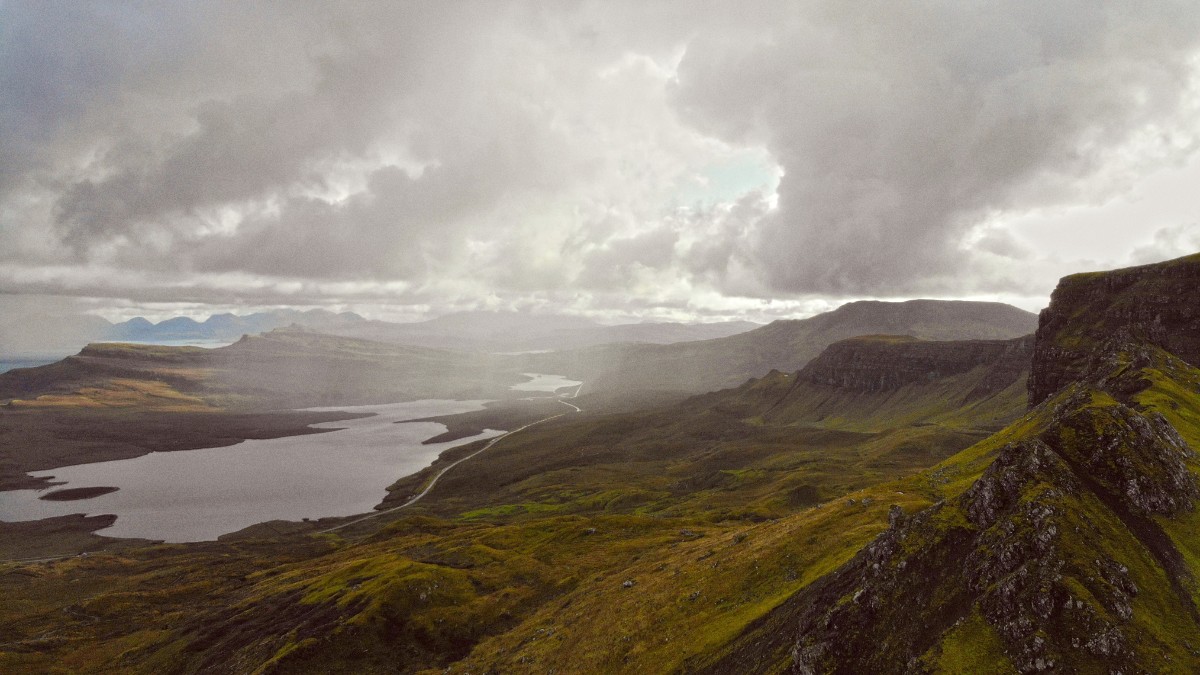
Scotland, UK
Imagine waking to the sound of waves on a deserted white sand beach, the air clean and crisp. Picture ancient stones standing silent against a vast sky, narrating stories of millennia past. This is the Western Isles, a place where time slows, inviting deep connection with nature and history.
Each island holds its own allure, from the wild, expansive moorlands of Lewis to the breathtaking beaches of Harris and the intricate waterways of the Uists. Anticipate a travel experience that changes perspective, leaving lasting memories of wild beauty and genuine warmth.
The Western Isles possess a deep and layered history, with evidence of human habitation stretching back millennia. Neolithic settlers first arrived, leaving behind impressive monuments. Later, Pictish communities inhabited the islands, with traces of their presence found in various archaeological sites.
A strong Norse influence profoundly shaped the islands from the 9th to the 13th centuries. This period of Norse rule, part of the Kingdom of the Isles, is visible today in many place names, which often have Scandinavian roots. The enduring legacy of this era comprises sagas and archaeological finds that tell stories of Viking chiefs and their settlements.
Ancient archaeological sites dot the landscape, offering tangible links to the past. The Callanish Standing Stones, dating back over 5,000 years, are a testament to Neolithic ingenuity and spiritual beliefs.
The Broch of Carloway, a remarkably preserved Iron Age defensive tower, illustrates the architectural prowess of its builders from two millennia ago. These structures, alongside countless smaller ruins and historical markers, narrate a continuous human story on these remote shores.
Early human settlements, standing stones, and unique Pictish traces.
Viking influence, visible in place names and archaeological finds.
Gaelic culture and language solidified during this period of semi-independent rule.
Significant social change with forced migrations and altered crofting traditions.
The distinctive small-scale farming system continues to shape the physical and social fabric.
The Western Isles offer a distinctive blend of stunning natural beauty, a resilient Gaelic culture, and a quiet, remote atmosphere. This distinct character makes them a compelling destination for those seeking tranquility and an authentic experience.
The Gaelic language is very much alive here, and you will hear it spoken, specifically outside of Stornoway. Traditional music, including ceilidhs and informal sessions, is a place in community life. The crofting heritage, a system of small-scale farming, continues to shape the social and physical landscape.
The islands serve as a haven for abundant birdlife, including majestic eagles (golden and white-tailed), the elusive corncrake, and large colonies of gannets. You may also spot otters, seals basking on rocks, and, with some good fortune, whales and dolphins in the surrounding waters. Birdwatching and marine wildlife tours are popular activities.
Plan your visit with flexibility. The weather frequently changes rapidly, and ferry schedules may be affected. Embrace the quiet pace; it is an element of the charm.
The Western Isles present a compelling destination for those seeking tranquility and an authentic experience, characterized by stunning natural beauty and a resilient Gaelic culture.
Life here moves at a slower, more traditional pace compared to mainland Scotland. This calm often reflects the strong religious observance, notably on the Isle of Lewis, where Sunday is traditionally a day of rest for many businesses and services. This tradition adds to the islands' unique atmosphere, encouraging visitors to slow down and appreciate their surroundings.
Shoulder seasons (April-May, September-October) supply dramatic skies and unique light for capturing the landscapes.
Optimal times for hiking and beaches run from June to August for ideal weather. May or September present fewer crowds.
Summer months frequently feature local ceilidhs, Highland Games, and music festivals. Check local listings for dates.
The Western Isles experience a temperate, oceanic climate, shaped by the North Atlantic Current, resulting in relatively mild winters and cool summers, but also frequent precipitation and strong winds throughout the year.